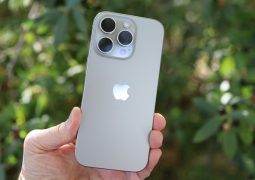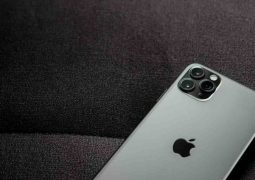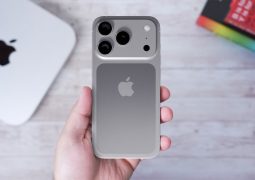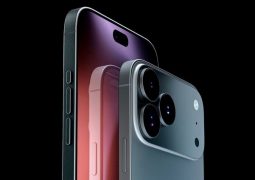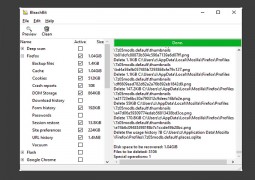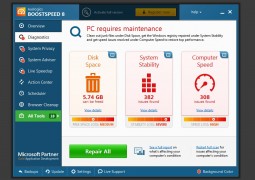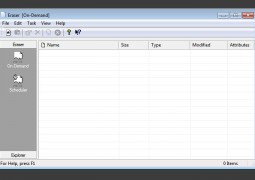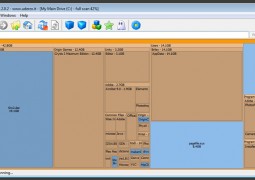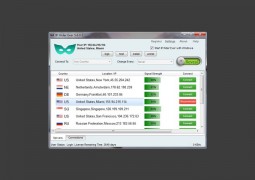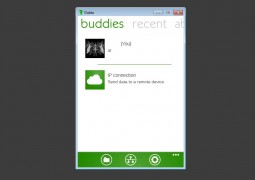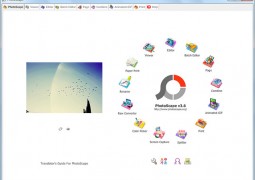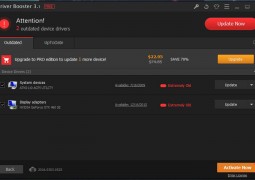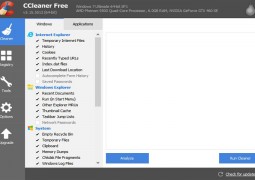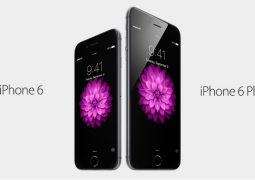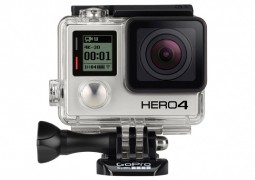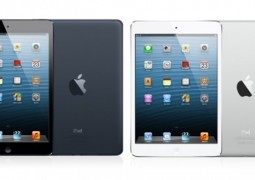Take Your Media Experience to The Next Level, Soar Through The Clouds
by 18 August, 2012 3:37 pm1
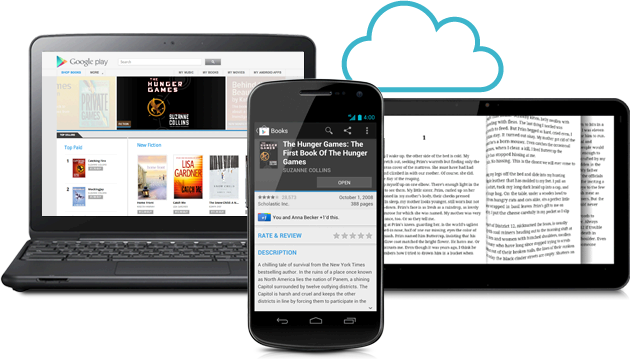
It is time to elevate your media experience to the next level, and take it to the cloud. Why would we recommend such a preposterous idea? Here, is why.
Nearly everyone has a smartphone, tablet or mobile device that is capable of streaming media content. Sure, not everyone has taken that final step and embraced modern technology, but these days, the folks who haven’t are more the exception than the rule. According to Nielsen (as of quarter 4, 2011), 46% of mobile subscribers in the US owned a smartphone. Furthermore, 60% of those smartphone owners identified that they upgraded to a full feature phone within three months of the survey. Those numbers are still growing, and they only account for US statistics alone.
In case you weren’t aware, those are large percentages, and they are from around half a year ago.
Those with mobile devices always have access to the internet in one way or another, whether that is through an active Wi-Fi connection or 3G/4G cellular connection. The point is that lots of people have mobile streaming devices in their possession.
Almost every type of media in existence has made the jump to the cloud and is now available wherever there is internet access. Some of that accessible content includes movies, games, music, photos, social media and more.
 Most of the media content is accessible through various internet streaming apps like Songza, Netflix, Hulu, Pandora or Slacker. For the most part though, the aforementioned services limit you to the music and movies that exist on their servers. Wouldn’t it make more sense if you had regular access to your own content library?
Most of the media content is accessible through various internet streaming apps like Songza, Netflix, Hulu, Pandora or Slacker. For the most part though, the aforementioned services limit you to the music and movies that exist on their servers. Wouldn’t it make more sense if you had regular access to your own content library?
Cue the cloud services like Google Play, ZumoCast, and Plex. With cloud storage services like these, you can access your own music library, at any time, from anywhere in the world.
Why Would I Want My Music in The Cloud?
Having your music in the cloud, or available online, means that you can access it from anywhere in the world- provided there is an internet connection. That means all of your playlists and favorite music stays the same no matter where you are.
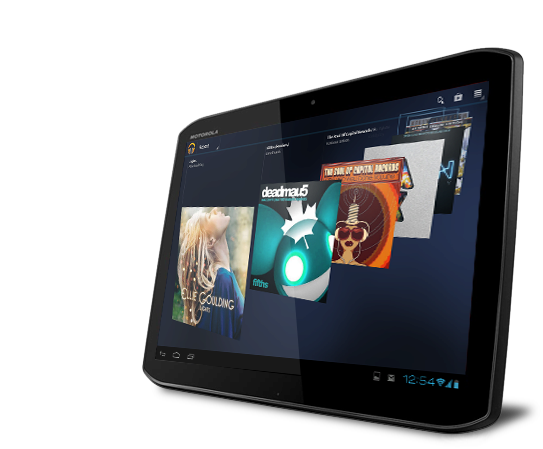 You don’t have to worry about listening to commercials, or dealing with pre-determined playlists that some random “music guru” created. Instead, you can listen to real music, straight out of your own personal library.
You don’t have to worry about listening to commercials, or dealing with pre-determined playlists that some random “music guru” created. Instead, you can listen to real music, straight out of your own personal library.
You can listen to your music on the bus ride to work, while you’re waiting for a class to begin, or even while you’re out for a morning run.
The right question to ask should be: who wouldn’t desire access to their personal media from anywhere in the world at any time?
How Do Cloud Media Services Work?
There is a couple of different ways to activate music and media streaming from a personal library. Most of these services allow you to share all kinds of media content, but we’re only going to focus on music.
The two ways to share your music can be broken down into two basic formats, local content and online content.
Local content is usually stored on a desktop PC or laptop via a hard drive or some sort of storage media. Essentially, local content can be shared via a home or public network and can also be shared over the internet provided the source computer remains connected.
Online content is normally stored in the cloud, through one of the various cloud storage services available. It is always available so long as there is an active internet connection. Most online content can be accessed from any mobile device provided they can connect to the internet.
In both cases, however, if you want to access your music from anywhere you will need internet access.
What Media Streaming Services Should I Use?
There are tons of media streaming and cloud storage services out there on the market. Since user experience is mostly based on personal taste, even with the services we list, there could always be a potentially better option out there. You may not, like what we’ve listed below. If that is the case, then be sure to leave a comment and let us know what cloud media services you prefer!
Google Play
![]() Obviously, Google Play will be more suitable for those of you who own an Android mobile device. Considering Apple just removed all Google software support from their iPhone brand, if you’re an Apple stickler you’ll have to find another service.
Obviously, Google Play will be more suitable for those of you who own an Android mobile device. Considering Apple just removed all Google software support from their iPhone brand, if you’re an Apple stickler you’ll have to find another service.
Google Play is free and only requires a Google account. You can store up to 20,000 songs free (up to 250MB per song) from your personal music collection. That is a lot of music, and we’re willing to bet that you won’t even fill up half of that space. To upload music to Google Play, you just need to install the Music Manager, tell it where the blunt of your music library is, and then the software will do its thing.
If you buy any music through the Google Play market it is automatically added to your music library, and it does not count towards your 20,000 song count. To play music from anywhere you can connect to Google Music through a web browser, or by using the Google Music mobile app available via Google Play.
ZumoCast
ZumoCast by Motorola establishes a local server that can typically be accessed from anywhere. You install the ZumoCast client on the source computer that has all the media content. Then you can connect to the host computer, through remote access, using a web browser or the ZumoCast mobile app. The best part is that the ZumoCast app comes pre-installed on all Motorola devices.
 One drawback of ZumoCast is that it does not support media content with DRM protection, which means that files downloaded from iTunes or Amazon will not work with the app.
One drawback of ZumoCast is that it does not support media content with DRM protection, which means that files downloaded from iTunes or Amazon will not work with the app.
Plex
Plex works just like ZumoCast and creates a local server that can be accessed from anywhere. The huge difference between ZumoCast and Plex is that you can actually use Plex on an Apple device because there is an accompanying iOS app.

To setup you simply open the Plex media server on your host machine, define the content you want to share and then you’re good to go. Of course, you have to sign up for a Plex account (free) for security purposes so that you can log into the server before a connection is established.
What Are You Waiting For?
There has never been a better time than now to get your content out there in the cloud, so that it is always available.
Personally we use Google Play at The Tech Labs, and it has transformed our lives. There is no more worrying about synching playlists, and new music to our device. Instead, we upload the content to Google Play (unless we buy it through Google Play), and then we can access the content no matter where we are on our mobile devices.
Cloud storage certainly is an innovation.
What are you waiting for? Get out there and start uploading your music to your cloud media service of choice. As long as you have a compatible mobile device and data connection you will always have access to your content wherever you are. Once you start using a cloud storage service you won’t regret it.

